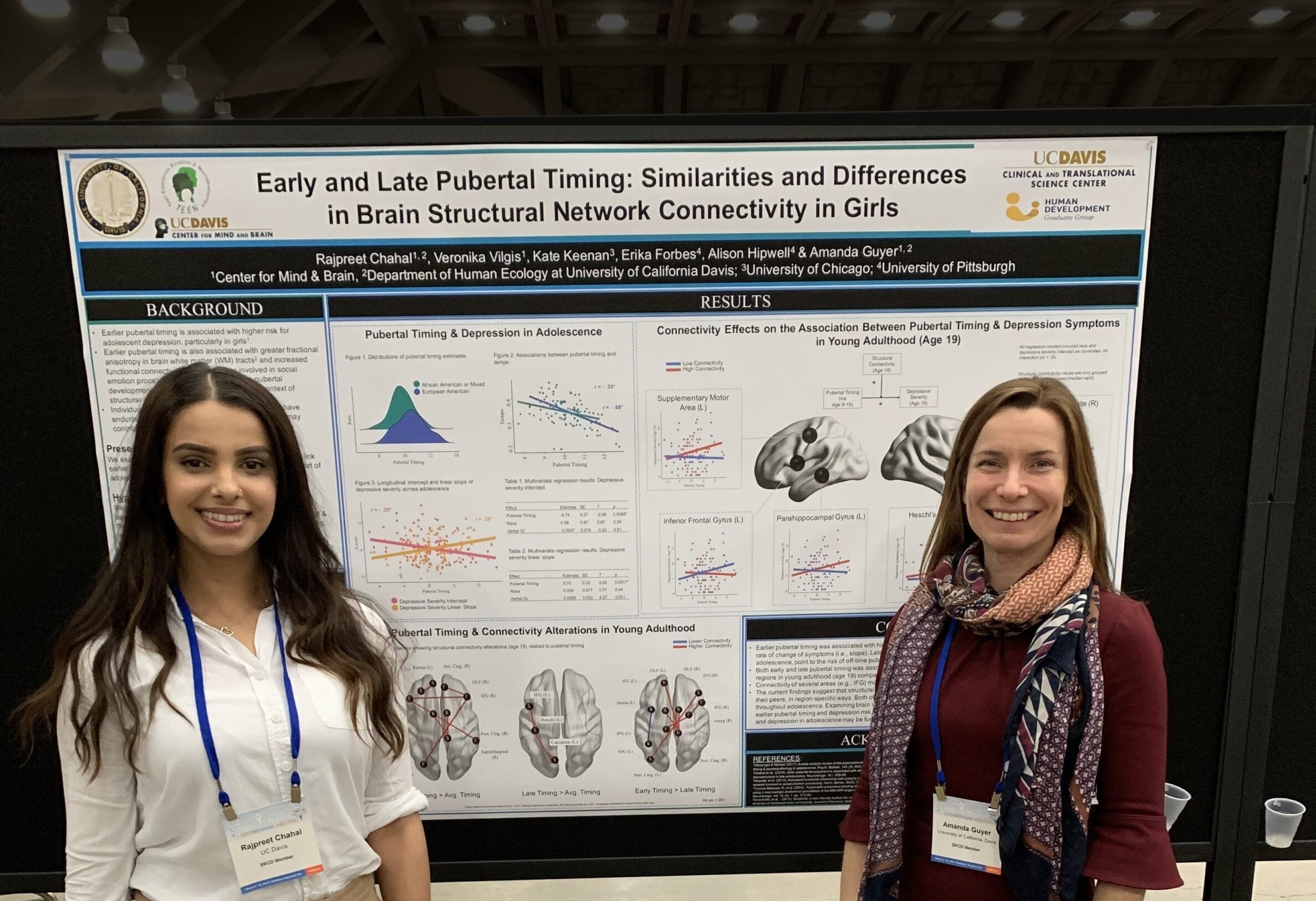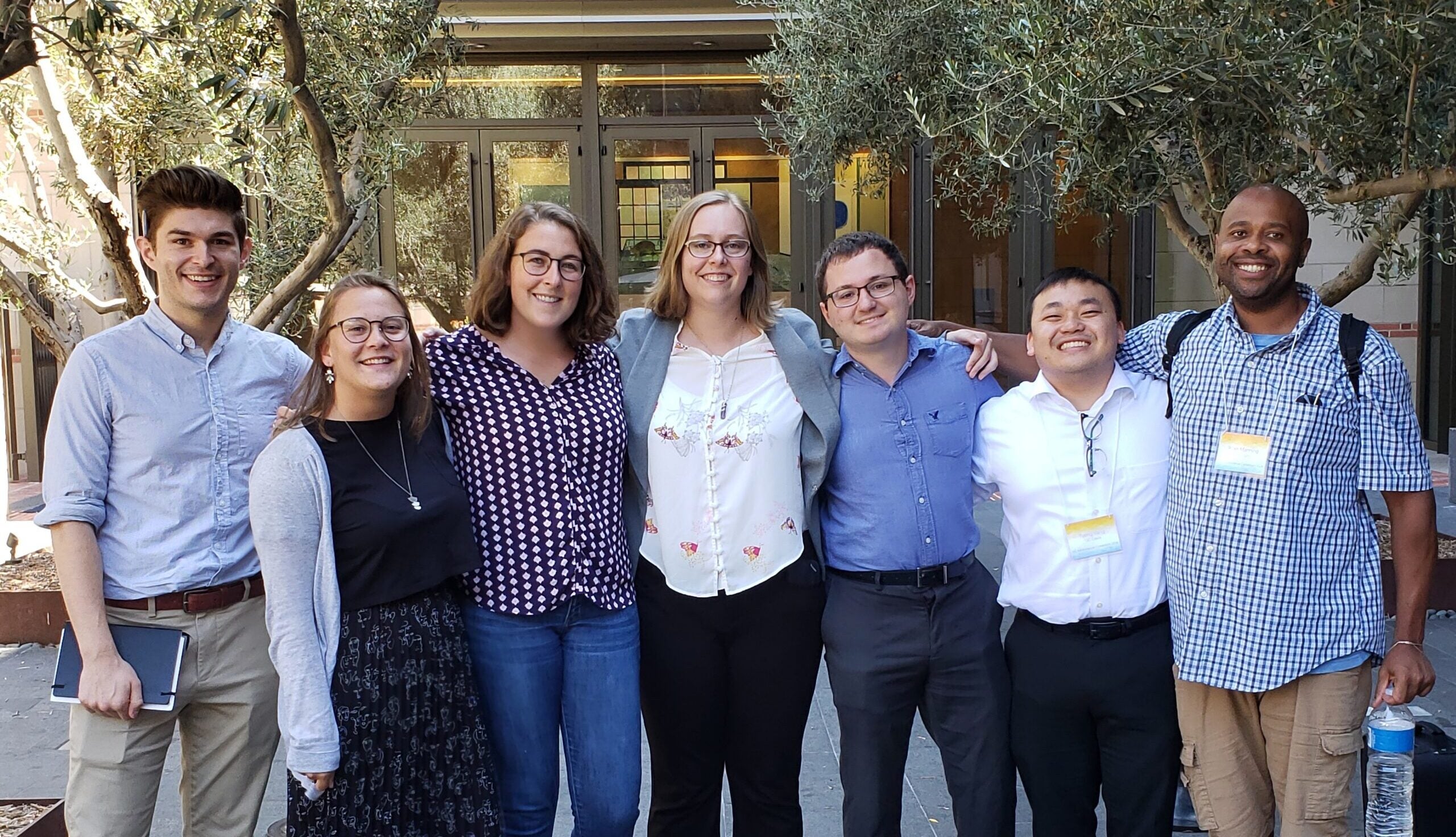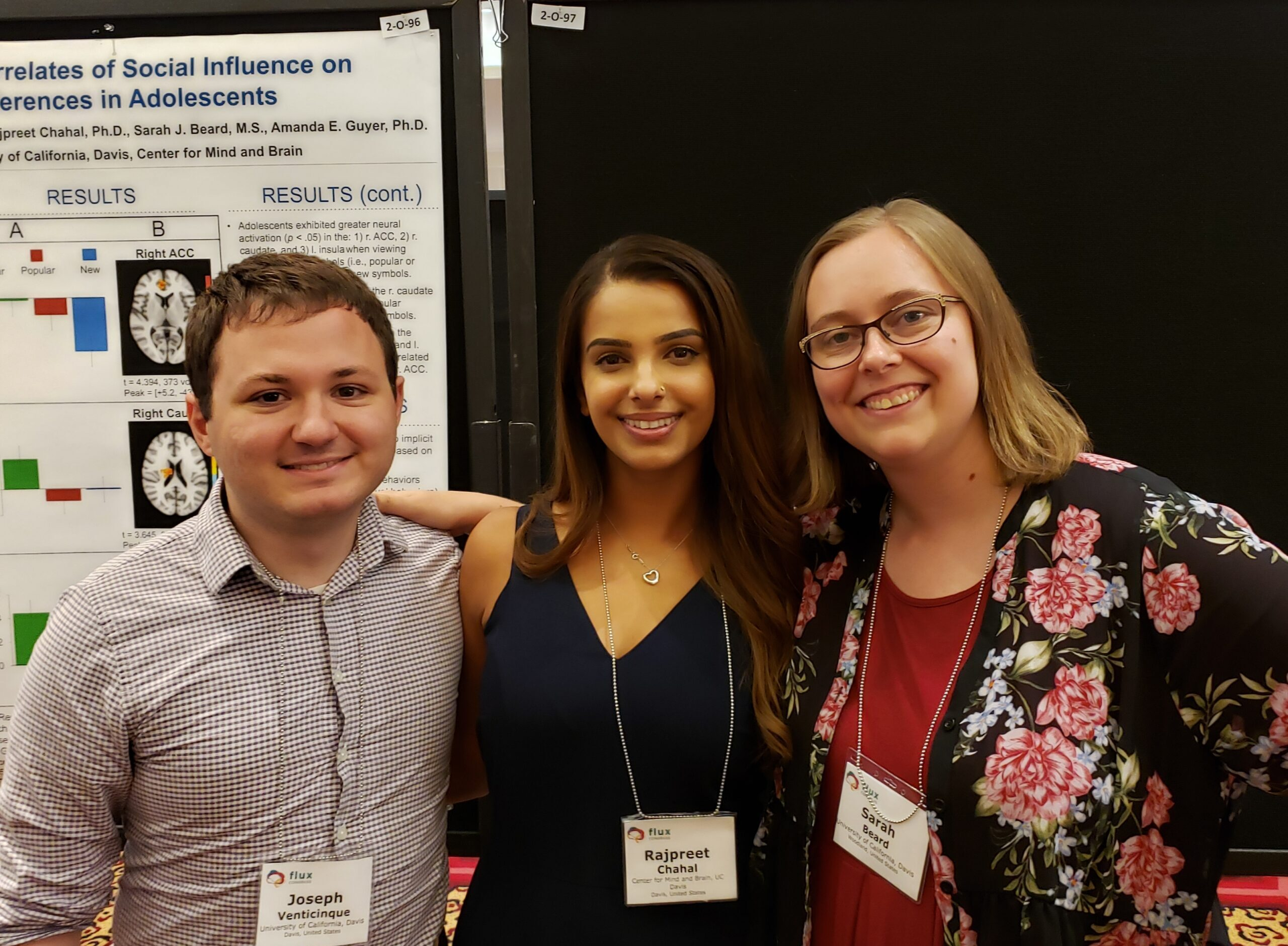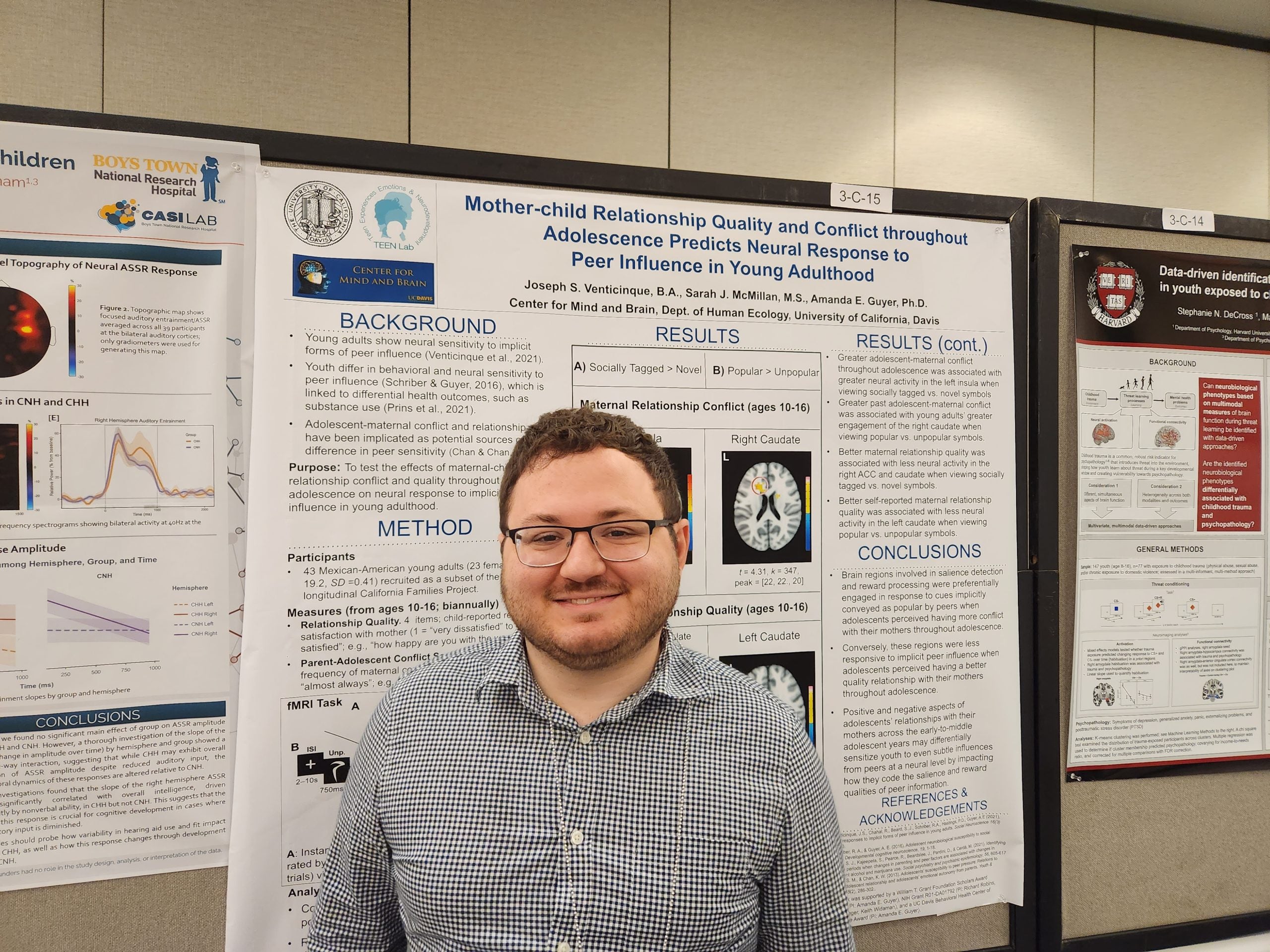Ellen E Pinderhughes, Brenda J Harden, and Amanda E Guyer (2007). In: Child development and social policy: Knowledge for action. , ed. by Aber, J. Lawrence; Bishop-Josef, Sandra J.; Jones, Stephanie M.; McLearn, Kathryn Taaffe; Phillips, Deborah A. Washington, DC, US: American Psychological Association, pp. 201–216. APA Decade of Behavior volumes.
(From the chapter) One of Edward F. Zigler’s many contributions to the field of developmental psychology was to broaden its focus to include the unique trajectories of children at environmental risk. His efforts have resulted in a large corpus of evidence concerning the development of children reared in poverty, children experiencing familial and community violence, and children exposed to prenatal and postnatal environmental toxins. In addition, he has made important contributions to our understanding of child maltreatment and its sequelae. Perhaps no other group of children experiences the magnitude of individual and ecological risks to optimal development than do children whose maltreatment results in their removal from home and placement in foster care. However, empirical attention to these vulnerable children’s development has been lacking. In keeping with his dedication to the development of children at environmental risk, Ed nourished several of his students’ interest in foster children, which has generated greatly needed empirical data on this important population. In the United States, children enter foster care through the child welfare system, which aims to ensure the safety, permanence, and well-being of the children relegated to this service system (Adoption and Safe Families Act, 1997). Foster children enter care because they cannot be adequately or appropriately cared for by their birth parents. Typically, states assume legal guardianship for these children and place them in alternative caregiving arrangements. In this chapter, we present the extant knowledge about children in the U.S. foster care system. We start with an epidemiological profile of these children, including their foster care trajectories, followed by a theoretical framework for understanding developmental issues for foster children, and a summary of the effects of foster care on children’s development. We then describe research challenges, propose new research directions, and end with a consideration of policies that determine the child welfare system’s response to the needs of foster children and the intersection of research and policy. (PsycINFO Database Record (c) 2010 APA, all rights reserved)




